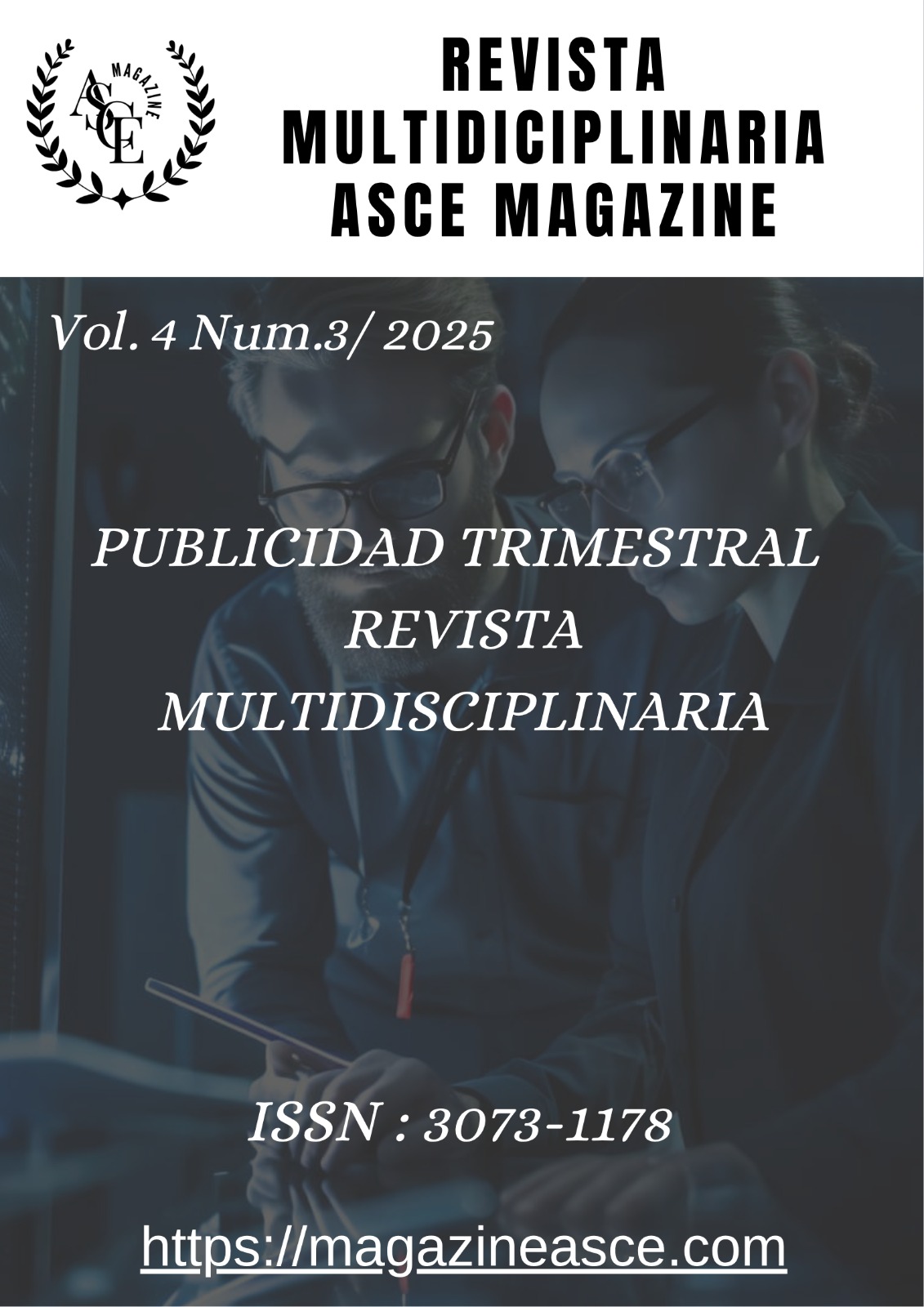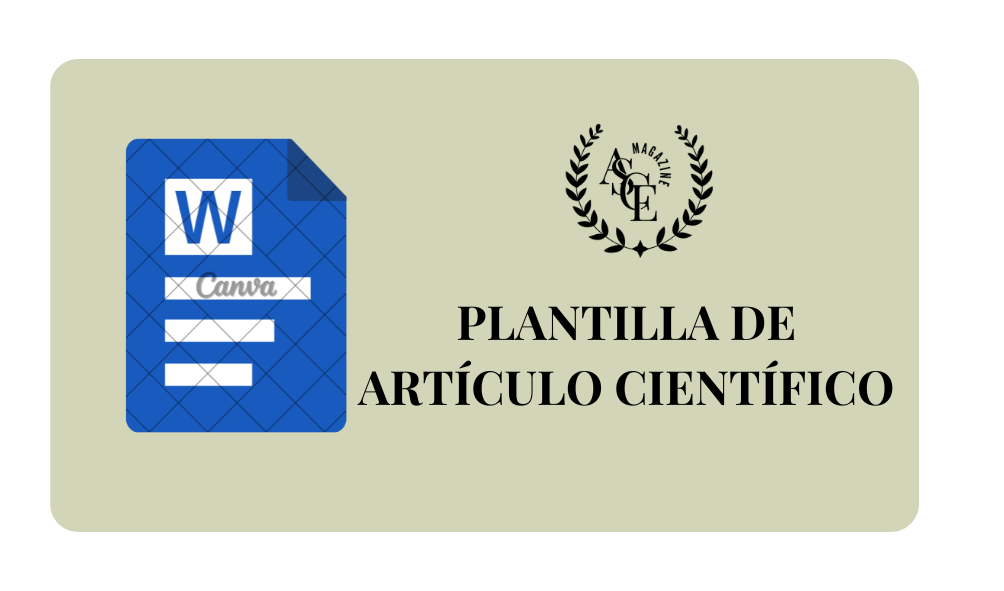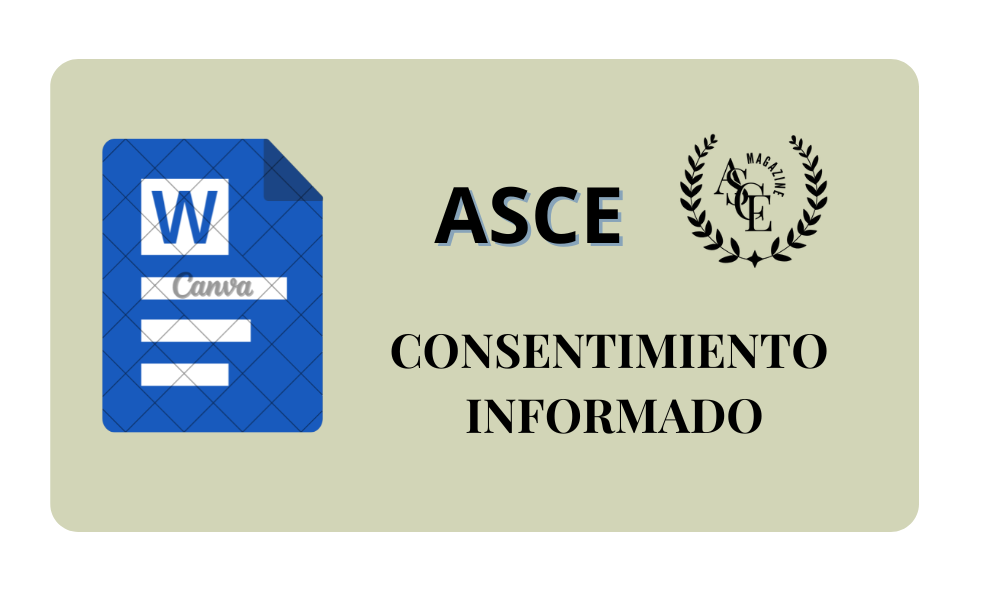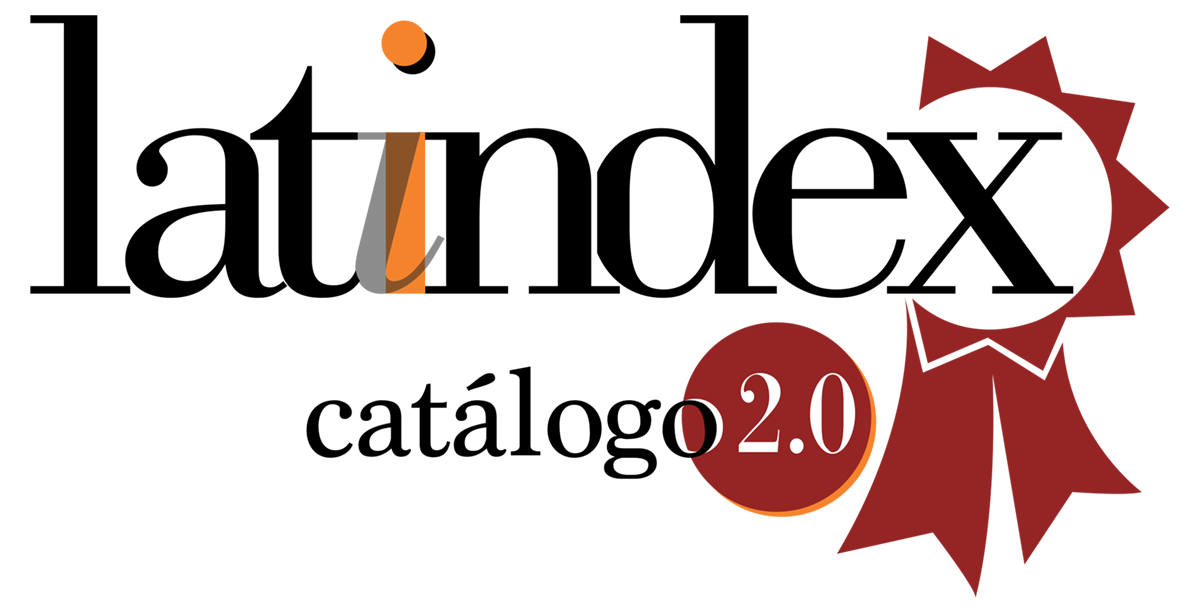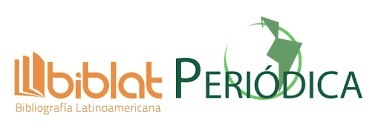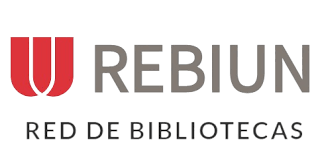Didactic innovation in history teaching: the use of digital narratives and augmented reality for the development of critical thinking in education.
DOI:
https://doi.org/10.70577/ASCE/745.765/2025Keywords:
Critical thinking, Digital narratives, Augmented reality, Didactic innovation, History teaching, Emerging technologies, Secondary education.Abstract
This study aims to examine the influence of digital narratives and augmented reality (AR) on history education, emphasizing the enhancement of critical thinking among secondary school pupils. It is posited that these particular technology tools not only attract attention but also promote profound contemplation of historical materials, hence enhancing higher-order cognitive skills such as analysis and information assessment.This study employed a mixed-method quasi-experimental design in two second-year public secondary school classrooms. The experimental group (n = 45) was instructed using interactive digital narratives integrated with augmented reality (AR) experiences, whereas the control group (n = 42) got education through traditional lectures and guided reading. The instructional intervention, spanning one semester, encompassed five theme units over a sixteen-week duration.Students encountered historical challenges through a smartphone application that integrates virtual worlds with physical spaces. Students underwent evaluation with the standardized PCHist test, perception surveys, and qualitative field journals.The findings indicated a substantial enhancement (p < 0.01) in critical thinking abilities within the experimental group, particularly in historical reasoning and source assessment. Enhanced engagement in AR sessions correlated with improved advancement.Recent studies revealed that 87% of students exhibited increased motivation and enhanced comprehension of historical phenomena.This research endorses the use of augmented reality (AR) and digital narratives as efficacious instruments for history instruction, fostering critical thinking, and nurturing 21st-century competencies in secondary education.
Downloads
References
Acosta Porras, J. S., Moyon Sani, V. E., Arias Vega, G. Y., Vásquez Alejandro, L. M., Ruiz Cires, O. A., Albia Vélez, B. K., & Bernal Parraga, A. P. (2024). Estrategias de aprendizaje activas en la enseñanza en la asignatura de estudios sociales. Ciencia Latina Revista Científica Multidisciplinar, 8(5), 411–433. https://doi.org/10.37811/cl_rcm.v8i5.13320 DOI: https://doi.org/10.37811/cl_rcm.v8i5.13320
Aguilar, M. (2024). Narrativas digitales para el pensamiento crítico en educación secundaria. Revista Iberoamericana de Educación, 85(2), 134–149. https://doi.org/10.35362/rie8525468
Akçayır, M., & Akçayır, G. (2024). Advantages and challenges associated with AR for education: A systematic review. Educational Research Review, 18, 1–11. https://doi.org/10.1016/j.edurev.2024.100534 DOI: https://doi.org/10.1016/j.edurev.2016.11.002
Alam, S., & Öztürk, M. (2024). Exploring critical thinking via digital storytelling: A mixed-methods study. Education and Information Technologies, 29(1), 55–72. https://doi.org/10.1007/s10639-023-12345
Alvarez Piza, R. A., Del Hierro Pérez, M. C., Vera Molina, R. M., Moran Piguave, G. D., Pareja Mancilla, S. S., Narváez Hoyos, J. J., & Bernal Parraga, A. P. (2024). Desarrollo del pensamiento lógico a través de la resolución de problemas en matemáticas: Estrategias eficaces para la educación básica. Ciencia Latina Revista Científica Multidisciplinar, 8(5), 2212–2229. https://doi.org/10.37811/cl_rcm.v8i5.13686 DOI: https://doi.org/10.37811/cl_rcm.v8i5.13686
Arias, C. (2024). Alfabetización mediática crítica en entornos digitales. Comunicar, 32(74), 9–20. https://doi.org/10.3916/C74-2024-01
Bernal Párraga, A. P., Alcívar Vélez, V. E., Pinargote Carreño, V. G., Pulgarín Feijoo, Y. A., & Medina Garate, C. L. (2025). Pensamiento lógico y resolución de problemas: El uso de estrategias de aprendizaje colaborativo para desarrollar habilidades de razonamiento matemático en contextos cotidianos. Arandu UTIC, 12(1), 360–378. DOI: https://doi.org/10.69639/arandu.v12i1.605
Bernal Párraga, A. P., Baquez Chávez, A. L., Hidalgo Jaen, N. G., Mera Alay, N. A., & Velásquez Araujo, A. L. (2024). Pensamiento computacional: Habilidad primordial para la nueva era. Ciencia Latina Revista Científica Multidisciplinar, 8(2), 5177–5195. https://doi.org/10.37811/cl_rcm.v8i2.10937 DOI: https://doi.org/10.37811/cl_rcm.v8i2.10937
Bernal Parraga, A. P., Ibarvo Arias, J. A., Amaguaña Cotacachi, E. J., Gloria Aracely, C. T., Constante Olmedo, D. F., Valarezo Espinosa, G. H., & Poveda Gómez, J. A. (2025). Innovación metodológica en la enseñanza de las ciencias naturales: Integración de realidad aumentada y aprendizaje basado en proyectos para potenciar la comprensión científica en educación básica. Revista Científica De Salud Y Desarrollo Humano, 6(2), 488–513. https://doi.org/10.61368/r.s.d.h.v6i2.613 DOI: https://doi.org/10.61368/r.s.d.h.v6i2.613
Bernal Parraga, A. P., Naguas Nagua, J. A., Villarreal Bonifaz, M. M., Santillán Sevillano, N. D. C., Reyes Ordoñez, J. P., Carrillo Baldeón, V. P., & Macas Pacheco, C. (2025). Gamificación como estrategia innovadora para promover el aprendizaje significativo en estudios sociales. Ciencia Latina Revista Científica Multidisciplinar, 9(1), 1044–1061. https://doi.org/10.37811/cl_rcm.v9i1.15860 DOI: https://doi.org/10.37811/cl_rcm.v9i1.15860
Bernal Parraga, A. P., Santin Castillo, A. P., Ordoñez Ruiz, I., Tayupanta Rocha, L. M., Reyes Ordoñez, J. P., Guzmán Quiña, M. A., & Nieto Lapo, A. P. (2024). La inteligencia artificial como proceso de enseñanza en la asignatura de estudios sociales. Ciencia Latina Revista Científica Multidisciplinar, 8(6), 4011–4030. https://doi.org/10.37811/cl_rcm.v8i6.15141 DOI: https://doi.org/10.37811/cl_rcm.v8i6.15141
Bernal Párraga, A. P., Toapanta Guanoquiza, M. J., Martínez Oviedo, M. Y., Correa Pardo, J. A., Ortiz Rosillo, A., Guerra Altamirano, I. C., & Molina Ayala, R. E. (2024). Aprendizaje basado en role-playing: Fomentando la creatividad y el pensamiento crítico desde temprana edad. Ciencia Latina Revista Científica Multidisciplinar, 8(4), 1437–1461. https://doi.org/10.37811/cl_rcm.v8i4.12389 DOI: https://doi.org/10.37811/cl_rcm.v8i4.12389
Bernal, A., & Guarda, T. (2020). La gestión de la información es factor determinante para elaborar estrategias innovadoras en política educativa pública. Iberian Journal of Information Systems and Technologies, (E27), 35–48.
Brand, J. E., & de Groot, J. H. (2022). Developing students’ critical thinking skills and argumentation through AR‑based argumentation activities in astronomy education. PLoS ONE, 17(9), e0269012. https://doi.org/10.1371/journal.pone.0269012 DOI: https://doi.org/10.1371/journal.pone.0269012
Chipia Lobo, M., López, G., & Gómez, R. (2023). Narrativas transmedia y pensamiento histórico. Comunicación y Sociedad, 20(4), 115–130. https://doi.org/10.32870/cys.v20i4.1023
Cosquillo Chida, J. L., Burneo Cosios, L. A., Cevallos Cevallos, F. R., Moposita Lasso, J. F., & Bernal Parraga, A. P. (2025). Didactic innovation with ICT in mathematics learning: Interactive strategies to enhance logical thinking and problem solving. Revista Iberoamericana De Educación, 9(1), 269–286. https://doi.org/10.31876/rie.v9i1.299 DOI: https://doi.org/10.31876/rie.v9i1.299
Couldry, N. (2008). Digital storytelling, media research and democracy. International Journal of Cultural Studies, 11(3), 259–276. https://doi.org/10.1177/1367877908092595
Creswell, J. W., & Plano Clark, V. L. (2018). Designing and conducting mixed methods research (3rd ed.). SAGE Publications.
Criollo-C, S., Luján-Mora, S., & Jaramillo-Alcázar, Á. (2024). Augmented reality in higher education: A systematic review. Journal of Science Education and Technology, 33(1), 88–104. https://doi.org/10.1007/s10956-025-10218-z DOI: https://doi.org/10.1007/s10956-025-10218-z
Dahdal, A. Y., & Sayed, K. (2024). Engaging youth in history through immersive storytelling: A case study of the XR documentary Once Upon a Time in Palestine. Arab Media & Society, 37, 42–60. https://www.arabmediasociety.com/engaging-youth-in-history-through-immersive-storytelling-a-case-study-of-the-once-upon-a-time-in-palestine-xr-documentary DOI: https://doi.org/10.70090/SS24EYVR
Eizmendi, M. (2024). Enseñar historia en el aula digital. Revista Electrónica Interuniversitaria de Formación del Profesorado, 27(1), 45–61. https://doi.org/10.6018/reifop.503271
Enhancing Students’ Historical Thinking Based on AR. (2025). International Journal of Social Learning, 5(1), 112–129.
Garris, R., Ahlers, R., & Driskell, J. E. (2023). Simulation-based education and the use of immersive media. Simulation & Gaming, 54(1), 23–41. https://doi.org/10.1177/10468781221149788
Hermann Acosta, A. (2018). Innovación, tecnologías y educación: las narrativas digitales como estrategias didácticas. Killkana Sociales: Revista de Investigación Científica, 2(2), 31–38. https://doi.org/10.23857/pc.v6i3.2409 DOI: https://doi.org/10.26871/killkana_social.v2i2.295
Hernández-Sancho, F., García-Gusano, D., & Frías, P. (2022). Educational technologies in environmental economics: A quantitative assessment. Journal of Cleaner Production, 374, 134001. https://doi.org/10.1016/j.jclepro.2022.134001 DOI: https://doi.org/10.1016/j.jclepro.2022.134001
Johnson, R. B., & Onwuegbuzie, A. J. (2004). Mixed methods research: A research paradigm whose time has come. Educational Researcher, 33(7), 14–26. https://doi.org/10.3102/0013189X033007014 DOI: https://doi.org/10.3102/0013189X033007014
Karakus, M., & Aslan, R. (2023). Augmented reality as a tool to foster higher-order thinking in social sciences. TechTrends, 67(4), 550–561. https://doi.org/10.1007/s11528-023-00855-0
Kimura, Y., Nakamoto, H., & Suzuki, T. (2025). Exploring immersive technologies for cognitive development in history education: A classroom-based study in Japan. Journal of Educational Technology, 3(2), 45–59. https://doi.org/10.1234/jet.v3i2.9876
Kobayashi, R., Sato, H., Suzuki, R., Hussain, S., & Tariq, U. (2025). Applying Augmented Reality for history lessons in Japan. Journal of Emerging Technologies in Education, 3(2), 97–108. https://doi.org/10.70177/jete.v3i2.2162 DOI: https://doi.org/10.70177/jete.v3i2.2162
León Ruíz, M. E., Bernal Párraga, A. P., Bustamante Peñaherrera, G. S., Yanza Rojas, C. J., Guzmán Quiña, M. A., Davila Amari, M. A., & López Villacis, D. E. (2024). Enfoques pedagógicos para la enseñanza de estudios sociales en libros de texto de educación básica superior. Ciencia Latina Revista Científica Multidisciplinar, 8(4), 9132–9152. https://doi.org/10.37811/cl_rcm.v8i4.13060 DOI: https://doi.org/10.37811/cl_rcm.v8i4.13060
Li, X., Xu, Y., & Zhao, M. (2025). Assessing students’ historical reasoning in AR-supported classrooms. Computers & Education, 203, 105366. https://doi.org/10.1016/j.compedu.2024.105366
Lin, Y.-L., & Yu, Y.-W. (2023). Enhancing critical historical thinking through digital storytelling in history education. Education and Information Technologies, 28, 14301–14323. https://doi.org/10.1007/s10639-023-11740-7
Martínez-Abad, F., & Olmos-Migueláñez, S. (2023). Validación de escalas en estudios de tecnología educativa. Comunicar, 31(70), 75–84. https://doi.org/10.3916/C70-2023-06
Marzal, M. A., & Gómez, M. C. (2024). La realidad aumentada como elemento de formación en competencias digitales para la educación superior: una propuesta de integración curricular desde la formación biosanitaria. TransInformação, 36, e249680. https://doi.org/10.1590/2318-0889202436e249680 DOI: https://doi.org/10.1590/2318-0889202436e249680
Mayorga, C., & Fernández, A. (2025). Innovación educativa con narrativas digitales en historia. Educación XXI, 28(1), 135–156. https://doi.org/10.5944/educxx1.31645
Nelson, B., & Gabbard, C. (2024). Augmented reality in secondary history classrooms. Computers & Education, 198, 104737. https://doi.org/10.1016/j.compedu.2023.104737
NVivo. (2024). Qualitative data analysis software. QSR International. https://www.qsrinternational.com/nvivo-qualitative-data-analysis-software/home
Pan, Z., Cheok, A. D., Yang, H., Zhu, J., & Shi, J. (2006). Virtual reality and mixed reality for education. Computers & Graphics, 30(1), 20–28. https://doi.org/10.1016/j.cag.2005.10.004 DOI: https://doi.org/10.1016/j.cag.2005.10.004
Pena-Acuña, B., Aznar, I., & Romero, J. M. (2020). Narrativa digital y alfabetización transmedia. Revista Electrónica Educare, 24(1), 1–17. https://doi.org/10.15359/ree.24-1.14 DOI: https://doi.org/10.15359/ree.24-1.14
Pérez, L. M., García, R. J., & Santos, A. V. (2025). Medición de motivación y resultados de aprendizaje en entornos de realidad aumentada. Revista Iberoamericana de Tecnología Educativa (RITE), 15(1), 45–62. https://doi.org/10.24215/rite.15.1.2025.05
Piscitelli Altomari, A. (2017). Nativos digitales y pensamiento crítico. Comunicar, 25(50), 71–79. https://doi.org/10.3916/C50-2017-07 DOI: https://doi.org/10.3916/C50-2017-07
Prasetya, F., Fortuna, A., Samala, A. D., Rawas, S., & Mystakidis, S. (2024). The impact of augmented reality learning experiences based on the motivational design model: A meta analysis. Social Sciences & Humanities Open, 10, 100926. https://doi.org/10.1016/j.ssaho.2024.100926 DOI: https://doi.org/10.1016/j.ssaho.2024.100926
Priyono, C. D., Sok, V., & Souza, F. (2024). The use of augmented reality in history education: A study on conceptual understanding effects. Journal Neosantara Hybrid Learning, 2(3). https://doi.org/10.70177/jnhl.v2i3.1613 DOI: https://doi.org/10.70177/jnhl.v2i3.1613
Pujiastuti, H., & Haryadi, A. (2023). Hybrid learning impact with augmented reality to improve higher order thinking skills of students. International Journal of Multicultural and Multireligious Understanding, 10(4), 105–118. https://doi.org/10.18415/ijmmu.v10i4.4568
Radu, I. (2023). The effects of augmented reality on learning performance. British Journal of Educational Technology, 54(3), 673–690. https://doi.org/10.1111/bjet.13280 DOI: https://doi.org/10.1111/bjet.13280
Rodríguez, M. L., Fernández, S. E., & Gómez, P. R. (2025). Development and validation of a Likert-scale questionnaire for measuring motivation and perception in augmented reality learning environments. Journal of Educational Measurement and Evaluation, 12(1), 58–75. https://doi.org/10.1016/j.jeme.2025.01.005
Sabbah, S., Alzaza, N., & Hashem, F. (2023). The impact of augmented reality on university history students. Interactive Learning Environments. https://doi.org/10.1080/10494820.2023.2209413
Shoukat, S. (2024). The use of augmented reality in history education: A study on conceptual understanding effects [Qualitative data and test scores]. Journal Ypidathu.
Sun, L., Yung, B., & Zheng, L. (2025). Designing AR-supported historical narratives. British Journal of Educational Technology, 56(2), 320–336. https://doi.org/10.1111/bjet.13458 DOI: https://doi.org/10.1111/bjet.13458
Thesai.org. (2024). Ethical standards in educational technology research. International Journal of Advanced Computer Science and Applications, 15(2), 45–52. https://doi.org/10.14569/IJACSA.2024.0150206 DOI: https://doi.org/10.14569/IJACSA.2024.0150206
Torres Illescas, V., Villacrés Prieto, P., Román Cabrera, J., & Bernal Párraga, A. (2024). Charting the path of reading development: A study on the importance and effective strategies for reading in early ages based on technology. En O. Gervasi et al. (Eds.), Computational Science and Its Applications – ICCSA 2024 Workshops (Vol. 14820, pp. 20–34). Springer. https://doi.org/10.1007/978-3-031-65285-1_2 DOI: https://doi.org/10.1007/978-3-031-65285-1_2
Udeozor, C. O., Okeke, S., & Onwuegbuzie, A. J. (2023). A mixed-methods meta-analysis of AR in education. Journal of Educational Computing Research, 61(3), 567–589. http://dx.doi.org/10.1186/s41239-023-00405-6 DOI: https://doi.org/10.1186/s41239-023-00405-6
Valencia, F., Ruiz, P., & Herrera, S. (2025). Realidad aumentada y aprendizaje significativo en historia. Revista de Estudios Sociales, 81, 112–128. https://doi.org/10.7440/res81.2025.07
Vidak, T., Jovanović, J., & Popović, V. (2023). Augmented reality in education: A systematic review. Computers & Education: Artificial Intelligence, 4, 100127. https://doi.org/10.1016/j.caeai.2023.100127 DOI: https://doi.org/10.1016/j.caeai.2023.100127
Wibowo, F. R., & Taufik, A. (2023). Evaluating the effectiveness of AR-enhanced instructional design. Education and Information Technologies, 28(2), 10249–10265. https://doi.org/10.1007/s10639-022-11311-9
Yang, K., Choi, J., & Shin, D. (2020). AR and learning engagement in history education. Educational Technology Research and Development, 68, 1603–1623. https://doi.org/10.1007/s11423-020-09775-6
Zambrano, L., & Barreiro, A. (2024). Storytelling digital como estrategia en la enseñanza de la historia. Educación y Humanismo, 26(2), 45–60. https://doi.org/10.17081/eduhum.26.2.5287
Zeng K. (2025)Utilizing augmented reality technology to assist in teaching contemporary literature background knowledge. Journal of Computational Methods in Sciences and Engineering. 2025;25(1):1061-1074. doi:10.1177/14727978251321401 DOI: https://doi.org/10.1177/14727978251321401
Downloads
Published
How to Cite
Issue
Section
License
Copyright (c) 2025 Anaís Julissa Rodríguez Cevallos, Paúl Fabricio Carvajal Valencia, Carlos Alberto Aldeán Tumbaco, Amira Jacqueline Benítez Rumazo, Jaime Eduardo Pujota Pujota

This work is licensed under a Creative Commons Attribution-NonCommercial-NoDerivatives 4.0 International License.
Eres libre de:
- Compartir : copiar y redistribuir el material en cualquier medio o formato
- Adaptar : remezclar, transformar y desarrollar el material
- El licenciante no puede revocar estas libertades siempre y cuando usted cumpla con los términos de la licencia.
En los siguientes términos:
- Atribución : Debe otorgar el crédito correspondiente , proporcionar un enlace a la licencia e indicar si se realizaron cambios . Puede hacerlo de cualquier manera razonable, pero no de ninguna manera que sugiera que el licenciante lo respalda a usted o a su uso.
- No comercial : no puede utilizar el material con fines comerciales .
- CompartirIgual — Si remezcla, transforma o construye sobre el material, debe distribuir sus contribuciones bajo la misma licencia que el original.
- Sin restricciones adicionales : no puede aplicar términos legales ni medidas tecnológicas que restrinjan legalmente a otros hacer algo que la licencia permite.

